By AL JAZEERA
Dakar, Senegal / Madrid, Spain – The Senegalese government deployed a special counterterrorism unit, created, equipped, and trained with funding from the European Union, to violently suppress recent pro-democracy protests, a joint investigation between Al Jazeera and porCausa Foundation reveals.
Since 2021, the trial of popular and controversial opposition leader Ousmane Sonko has led to demonstrations across the West African nation, in which dozens have been killed. Al Jazeera and porCausa obtained visual evidence, Spanish government contracts, a confidential evaluation report, and testimonies from multiple sources suggesting that the EU-funded Rapid Action Surveillance and Intervention Group, also known as GAR-SI, was used to violently crush those protests.
In one video, security personnel in the same type of armoured vehicles the EU bought for GAR-SI Senegal are seen firing tear gas at a protest caravan organised by Sonko last May. Al Jazeera verified that the incident happened in the southern Senegalese village of Mampatim, about 50km (31 miles) from Kolda, in the Casamance region.
The EU-funded elite units were instead meant to be based in Senegal’s border areas with Mali to fight cross-border crime.
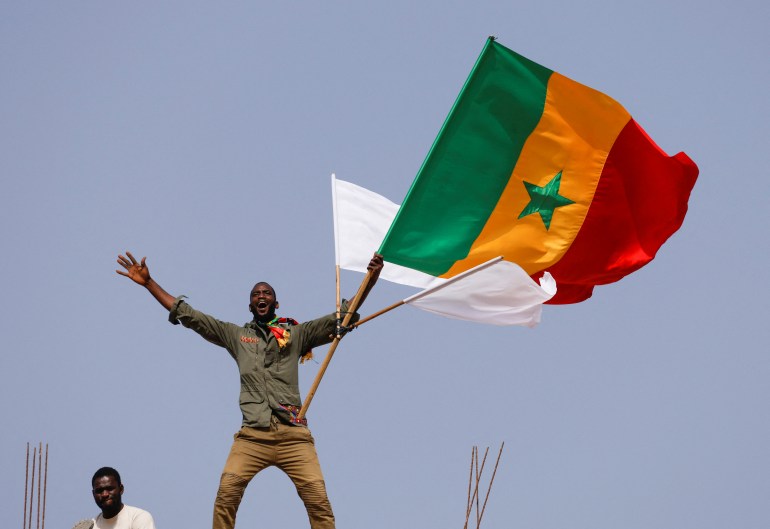
Elite unit
GAR-SI Sahel was a regional project lasting between 2016 and 2023 and funded with 75 million euros ($81.3m) from the EU’s Emergency Trust Fund for Africa (EUTF for Africa), a pot of development funding dedicated to addressing the root causes of migration in Africa.
The programme was implemented by the International and Ibero-American Foundation for Administration and Public Policies (FIIAPP), a development agency belonging to Spain’s Ministry of Foreign Affairs. GAR-SI units were created across the region, in countries like Burkina Faso, Chad, Mali, Mauritania, Niger and Senegal, “as a prerequisite for their sustainable socio-economic development”.
The Senegalese 300-strong unit, created in 2017, cost more than 7 million euros ($7.6m at the current exchange rate) and was aimed at creating a special intervention unit in the town of Kidira, on the border of Mali, to protect Senegal from potential incursions by armed groups and cross-border crimes, including migrant smuggling.
Modelled after Spanish units that fought against the separatist movement Basque Homeland and Liberty, also known by the Spanish initials ETA, GAR-SI Senegal has received technical training and mentoring from the Spanish Civil Guard as well as French, Italian and Portuguese security forces.
After the completion of the project, at the request of all stakeholders, the EU delegation in Senegal continued with a second phase using another funding mechanism, according to one Spanish and one Senegalese police source familiar with the matter. About 4.5 million euros ($4.9m) was earmarked for a second 250-strong GAR-SI Senegal unit near the town of Saraya, close to the border with Guinea and Mali.
A second unit was also created in Mali but for other countries, especially Chad, the project was considered to be a “failure”, according to the former Senegalese police official, who said the EU lost money by paying for equipment that was not appropriate for use.
Deux blindés de la gendarmerie suivent le convoi du président Ousmane SONKO 🇸🇳 et tirent des grenades lacrymogènes aux foules qui tentent d’arrêter le convoi pour l’accompagner.#caravanedelaliberté pic.twitter.com/2QKlkUJjIh
— Ⓜ️ister Bakhdad2️⃣.0️⃣🇸🇳🇨🇦 (@BakhdadO) May 27, 2023
‘A serious allegation’
An analysis of the vehicles captured in the Mampatim video shows that they fit with the URO SUV Vamtac ST5, a Spanish model made by Galicia-based heavy-duty manufacturer Urovesa. The same car model was delivered in the presence of the EU ambassador to Senegal in April 2019 as part of an aid package to increase GAR-SI Senegal’s capabilities to fight cross-border crime. The unit also received drones, sixteen 4×4 Toyota pick-up vehicles, an ambulance, 12 motorcycles, and four trucks, but it is unclear whether these were also deployed during the protests.
Internal FIIAPP contracts seen by Al Jazeera and porCausa also mention Vamtac armoured vehicles gifted to the Senegalese gendarmerie as part of the GAR-SI project in 2022.
The resources, initially provided for the crime unit, were de facto integrated into the territorial commands and used by Senegalese security forces, according to a Spanish police source working in Senegal.
A former senior Senegalese police officer also confirmed the use of the GAR-SI unit during pro-democracy protests in Senegal. When shown the evidence, human rights groups were alarmed.
“These units seem to be used to repress human rights instead of fighting terrorism or surveilling the border,” said Ousmane Diallo, a researcher with Amnesty International’s West and Central Africa bureau. “It’s a serious allegation as the Senegalese gendarmerie has been involved in repressing human rights and the right to protest since 2021.”
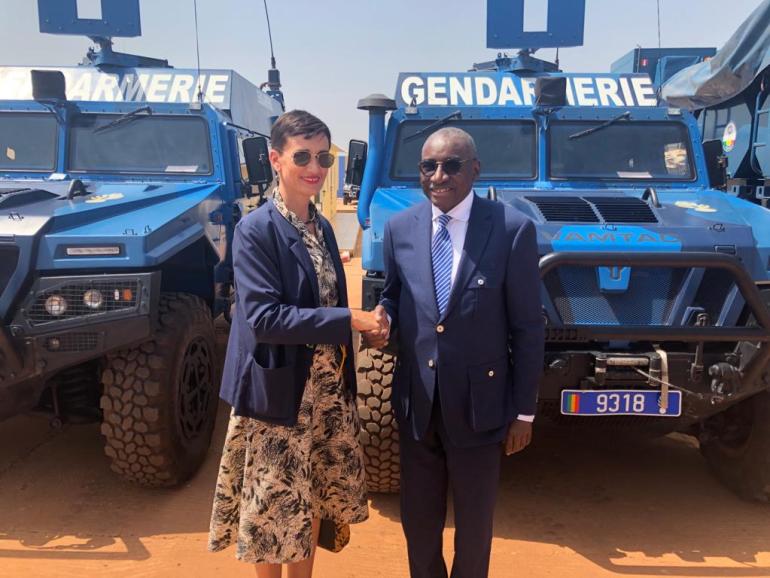
‘There is no evidence’
Al Jazeera and porCausa obtained the 67-page final evaluation report of the GAR-SI project from 2022, which makes clear in different parts that in Senegal, GAR-SI functions differently from other countries where the unit is present.
The report states that the unit is sometimes deployed on joint missions together with other police units, such as the Surveillance and Intervention Squadron, or ESI in the French initials, of the Senegalese Gendarmerie, to carry out a series of missions for “internal security”.
The confidential document stresses that the project lacks human rights safeguards and that there is no trace of any written strategy elaboration or communication within the police hierarchy, with commands for operations outside of border areas being given informally and orally.
Al Jazeera and porCausa reached out to the Senegalese Ministry of Interior and Public Security but did not receive an answer before publication. In its response, the EU Commission said it had no information on the units Senegalese authorities deployed in the demonstrations.
“The EU has consistently called on Senegalese authorities to investigate any disproportionate use of force against peaceful demonstrations and expects appropriate follow-up,” it said. The EU spokesperson also said the framework of GAR-SI was “very specific and clearly defined in its scope and interventions”, adding that equipment or funding for it “should be used in cross-border areas to fight organised crime and increase protection for the local population”.
The Spanish foreign and interior ministries denied, in a joint statement, the involvement of the elite unit in the protests. “The Ministry of the Interior and the Civil Guard confirm that there is no evidence of the use by the Senegalese authorities of units formed within the framework of the GAR-SI project in the aforementioned actions.”
The statement added that it did not provide GAR-SI with security training “in the context of mass public demonstrations or protests” and that the project agreement forbids Senegal to “make any use of materials and equipment in a way that deviates from the objective of the [GAR-SI] project”.
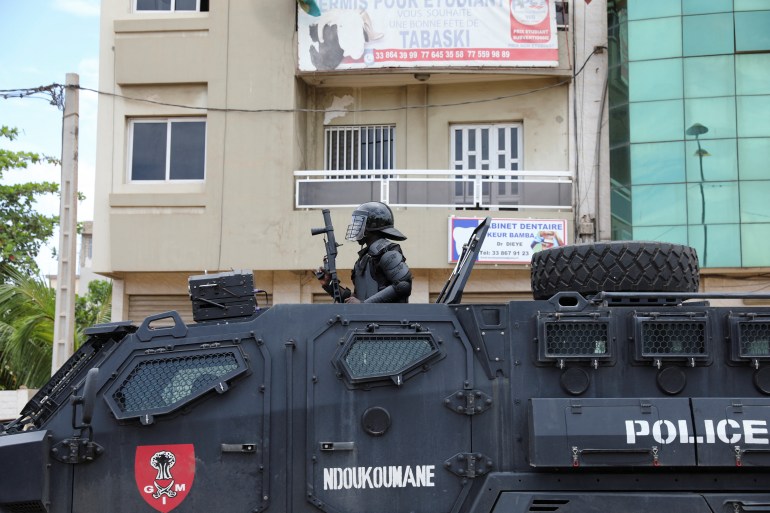
A source of controversy
As several court cases mounted against Sonko, among other things, charges of corrupting a minor and libel, the politician mobilised his supporters, who have alleged that the suits are a plot by incumbent Macky Sall to flatten the opposition ahead of the presidential election.
This led to riots and a crackdown by the government in March 2021 and in May and June 2023. Protests returned in February 2024 when Sall announced that he would postpone the election, which was supposed to happen on February 25. The courts declared the move unconstitutional, leaving the country in limbo as to when the election will happen.
At least 60 people died since the first protests in 2021 as a result of live ammunition fired by the Senegalese security forces or by agitators, called “nervis” in Senegal, paid by the government to come to protests, according to an Amnesty International estimate. No one has been prosecuted to date.
Amid the continued social unrest, irregular migration also went on. As of August 2023, one in three irregular arrivals to the Canary Islands in Spain were Senegalese.
Diallo, the researcher with Amnesty International, said all partners of EU-funded projects have a responsibility to ensure that the programmes they fund do not contribute to human rights violations, such as lethal repression of peaceful protests.
But if European authorities were aware of the rights violations committed in Senegal, they did not show it. At the end of 2023, Spanish Interior Minister Fernando Grande-Marlaska visited Senegal to strengthen the cooperation against irregular migration, while the EU and Senegal signed their latest agreement on development aid that would help Senegalese authorities intercept departures from the country.
This happened despite the project becoming a source of controversy in Europe.
Last year, an evaluation report commissioned by the European Commission revealed significant mismanagement by the head of the team implementing the GAR-SI Sahel regional project — Francisco Espinosa Navas, the Spanish civil guard-general.
The report identified unjustified expenses totalling at least 12 million euros ($13m) and errors in the choice of protective equipment, which led to further expenses. The report also noted that neither FIIAPP nor the European Commission raised these irregularities with the European Anti-Fraud Office (OLAF).
The fraud case was part of a wider scandal in Spain that revealed a widespread corruption scheme, known as the “Mediador” case, allegedly involving General Espinosa Navas in extortion, preferential treatment in public contracts, and other illicit activities.
The corruption scheme allegedly offered businessmen and entrepreneurs preferential treatment in exchange for procurement of public contracts and extorted them for favourable inspections and access to European aid funds. The internal evaluation report mentions that, in Senegal, too much equipment was acquired.
“The design and implementation of this project was not focused on people but on suppliers, companies to take advantage of it,” one external consultant familiar with the project, told Al Jazeera and porCausa anonymously.
This story is a joint investigation between Al Jazeera and PorCausa Foundation.

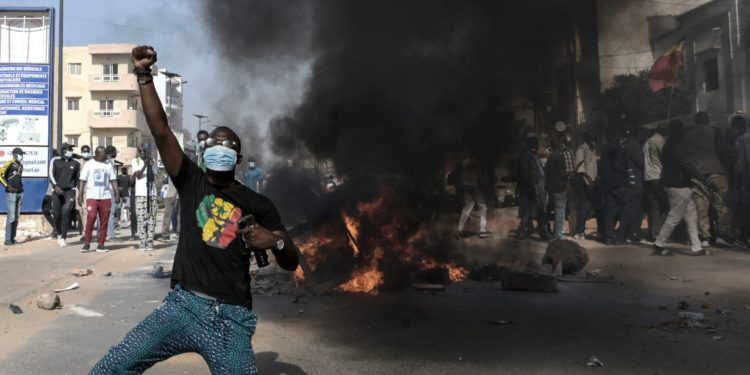
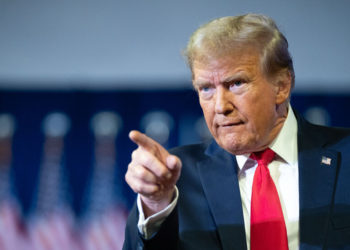
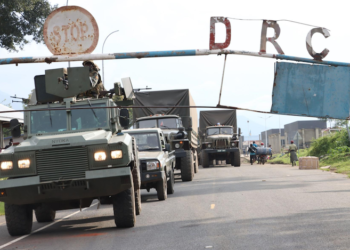
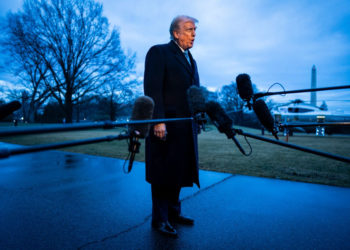


Discussion about this post